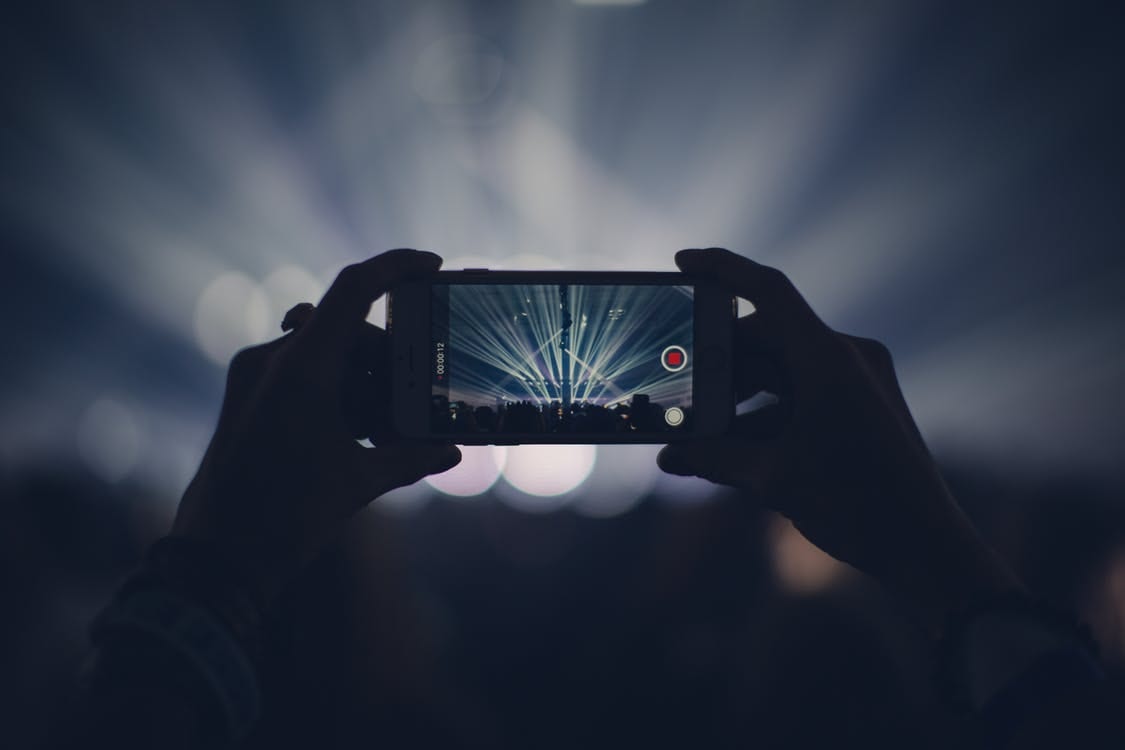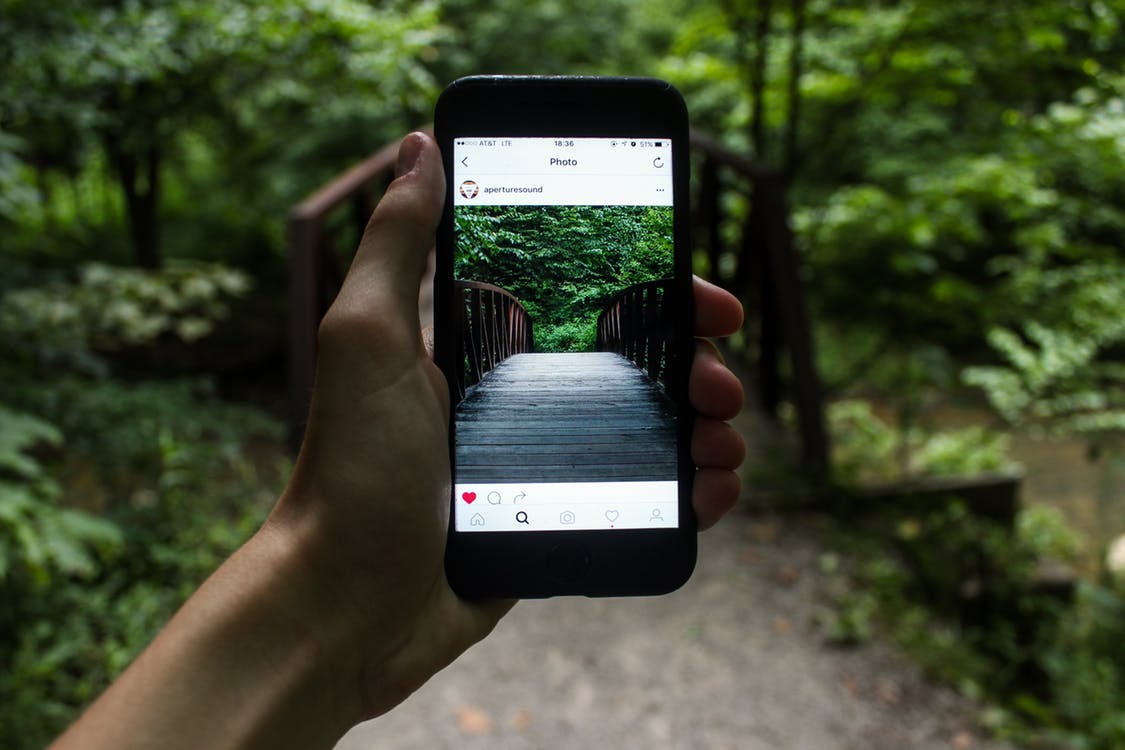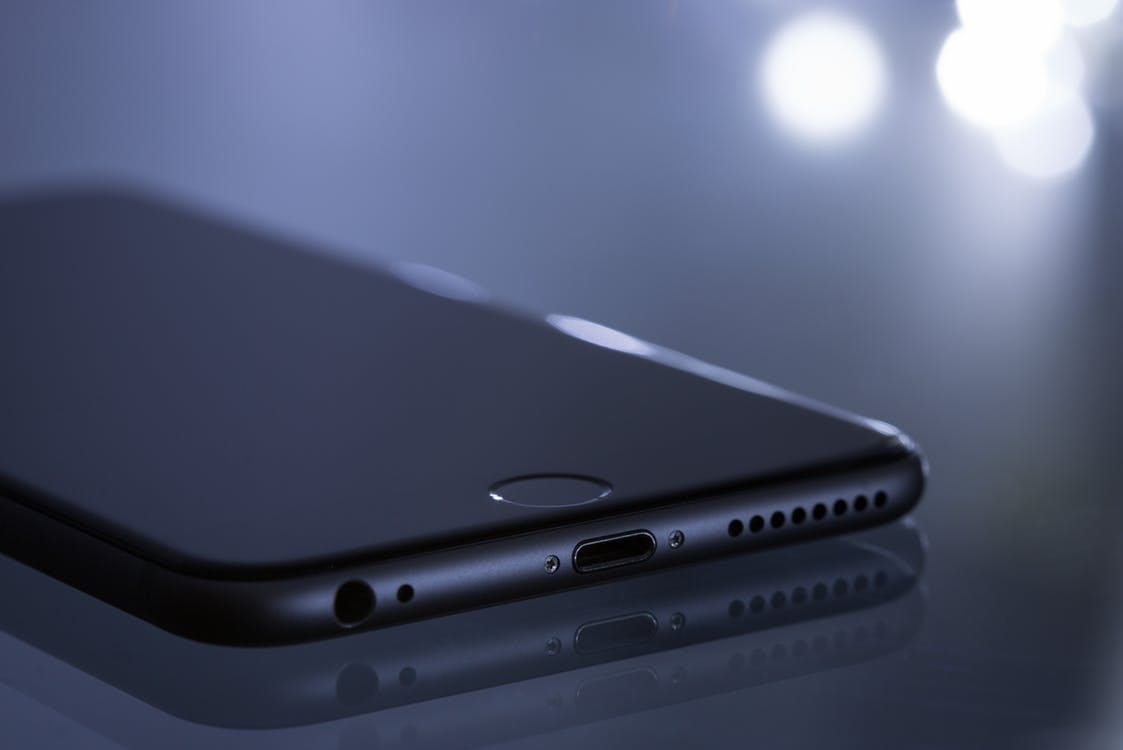iPhone 7 Review
The casing of the iPhone 7 family is very similar to the iPhone 6 family. Instead of considering the iPhone 7 as a new case, we need to consider it as a makeup model with minor touch-ups. iPhone 7; Black, silver, gold and rose gold. Because the look of iPhone 7 is almost identical to that of the iPhone 6, the color options are quite significant. That’s why Apple is also launching the black iPhone 7 in front of the launch.

Users who will receive iPhone 7 generally want their phones to differ from the iPhone 6 family. That’s why the pointer has shifted to black and black models. Remember that the Simsiyah model is more vulnerable to scratches. The main difference in the look of the iPhone 7 is the rear antenna lines. Horizontally under and over the two lines no longer on new phone of the brand. Apple has not done much of a designing here, apart from just lifting a line.
The second difference that comes out of the casual eye is the camera side. The evolving camera is now bigger, thanks to OIS support and a little more. When we look at the bottom of the phone, we see that there is no 3.5mm jack. We see that the jacks on the left side of the Lightning port are now on the left side of the speaker grids on the right.
There is no visual difference on the front side of the iPhone 7, compared to the iPhone 6. The only difference is that now the home button is not physically mechanical. With the Haptic Engine, we can not say that the new digital home button giving feedback to us with 3 different levels of vibration is a physical button for experience. The new button now also detects the intensity of the pressure. We will not be mistaken if we say that future software will offer additional functions based on the severity of the pressure in the future.

The iPhone 7, which is the same as the iPhone 6 models at 138.3 x 67.1 x 7.1 mm, will also be compatible with most older cases. The iPhone 7, which weighs just 5 grams less than the iPhone 6s, is also a significant improvement in terms of design. Supporting IP67 certification, iPhone 7 is now water resistant. Let’s underline that Apple does not guarantee against water. Again, let’s emphasize again that, based on the IP67 certificate, you can not be guaranteed in the event of any setback because you are up to half an hour deep in the water.
The screen of 7th Gen. with Wide Color Gamut Display is a better experience than the iPhone 6s vs 6 models. Apple likes the same display resolution since the iPhone 6, but again, Apple faces the screen at a resolution of 750 x 1334 pixels and a density of 326 ppi pixels. I want to make an interesting reminder. If we do not include Plus models since Apple’s first retina-screened iPhone 4, we must emphasize that the PPI values in the iPhone models have remained the same and the PPI value has been 330 since the 4th Gen iPhone, which is now low compared to rival flags. In 7th Gen. iPhone, just like the 6s, 3D Touch Technology continues to be used. The screen comes with a 2.5d glass design and is resistant to scratches.
The A9 processor on the iPhone 6s is still quite powerful compared to Android competitors. We also know that the display resolution on the iPhone 6, 6s and 7 does not have much hardware. Apple’s new processor A10 Fusion is releasing the first 4-core iPhone model.
The 4-core A10 processor, built with 16-nm technology, offers up to 40 percent performance boost. The A10, which we will see in performance tests anyway, can make serious differences to the nearest competitor A9. The 4-core processor can operate asynchronously according to the load case, and can speed up to 2.34 GHz in situations that require power. At the points where the load is decreasing, it draws its speed down to lower levels with 2 cores that consume less power.
Apple uses 2 GB RAM on iPhone 7, and is innovating with RAMs in LPDDR4 form. 3 GB RAM is included in the iPhone 7 Plus. iPhone 7 camera and camera shot examples

We see that iPhone 7 comes with serious innovations on the camera side. The biggest innovation is seen by IOS support. Again at 12 Megapixels resolution, the aperture is reduced to 1.8 from f / 2.2 on the iPhone 7 where the camera is used. This increases the low light performance at night.
